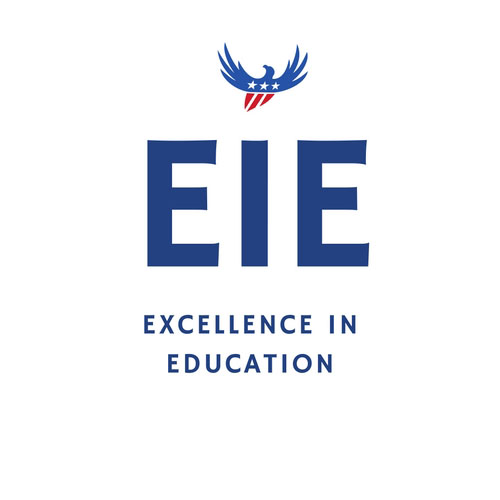 By Carolyn Forte
By Carolyn Forte
As a sophomore at college, my daughter was telling me about her classes and the struggles of some of her fellow students. She found herself in the position of informal “advisor/tutor” to a number of her classmates who had trouble figuring out what this or that professor was asking them to do. She felt that her homeschool background helped her succeed. When I asked her what advantage she felt she had as a result of being homeschooled for twelve years, she replied, “I have the ability to teach myself.”
This may be the chief, yet little recognized advantage to homeschooling. There was a time when homeschooled children and teens spent most of their time in self-directed learning, but today, outside the “unschooling” community, that concept has been all but lost. With the proliferation of curriculum packages, homeschool classes and charter schools, most students are not given much time to explore and teach themselves.
Are you scratching your head right now, wondering what on earth “teach themselves” could mean? Children come out of the womb teaching themselves by observing the world around them and learning to make sense of it and to communicate with others around them. They are voracious learners, mastering their native tongue without formal instruction in only a few years. They ask constant questions and can be quite demanding about getting an answer that makes sense. They are not bound by pre-determined assumptions or conventions of society (Why do I have to wash my hands to eat if I have to use a fork anyway?) and therefore often think “outside-the-box.”
In his You Tube video, “Changing Education Paradigms,” Dr. Ken Robinson explains that children show less creativity and divergent thinking for every year they are in school. That is because they are trained to be quiet and do what they are told. They learn to memorize the facts and ignore their own questions. After 13+ years of training, they no longer have many questions, or, if they do, they think their questions are not important enough to pursue. It is no accident that many great inventors and thinkers had little formal schooling. It is said that John Harrison could never have invented the chronometer if he had had formal training as a watch or clock maker, because he would have known that what he was trying to do was “impossible.”
Early homeschoolers were largely deprived of the standardized curriculum materials used in schools and therefore were free to explore with few boundaries. A trip to a museum might inspire questions about aviation, which in turn might lead to an art project or a series of books about airplanes and famous pilots or trips to local airfields. We were not limited to California History in 4th grade, Early American History in 5th grade, Ancient History in 6th grade, etc., etc. Since we didn’t have textbooks except for math, we weren’t limited to a narrow area of study. A child could get interested in an obscure topic (Why are there two sonic booms when an airplane breaks the sound barrier?) and explore it to her satisfaction. This is how one learns to teach oneself.
The growth of the homeschool movement was, and continues to be followed by an explosion of products and curriculum packages marketed to homeschoolers. It’s wonderful to have such a fabulous supermarket of useful materials, but it is easy to overdo a good thing. Beware of too much structured “schooling” which will inevitably get in the way of learning to learn.

